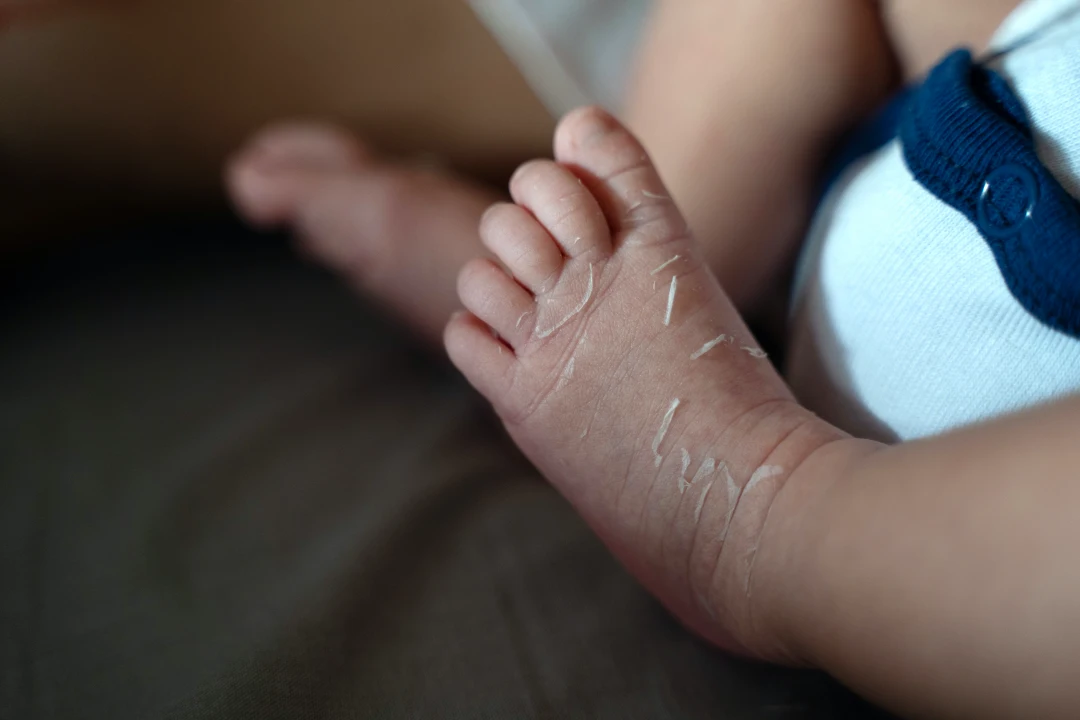Burns are one of the most common injuries in children and can range from mild to very severe. Prompt and appropriate response to burns can significantly affect the outcome of the injury. In this text, we will explore the causes, assessment, treatment, and prevention of burns in children.
Causes of Burns
Burns in children can arise from several sources:
- Thermal Burns: Caused by contact with hot liquids, steam, fire, or hot surfaces.
- Chemical Burns: Caused by contact with corrosive chemicals such as acids or alkalis.
- Electrical Burns: Caused by electric current passing through the body.
- Sunburns: Caused by excessive exposure to UV rays from the sun.
- Friction Burns: Caused by rubbing the skin against rough surfaces.
Assessment of Burns
Burn assessment involves determining the depth and extent of burns, which is crucial for planning treatment. Burns are classified into three degrees:
- First-Degree Burns (Superficial Burns):
- Symptoms: Redness, pain, dry skin without blisters.
- Affected Layer: Epidermis (the outer layer of the skin).
- Example: Mild sunburn.
- Second-Degree Burns (Partial Thickness):
- Symptoms: Redness, pain, swelling, blisters.
- Affected Layers: Epidermis and part of the dermis (deeper layer of the skin).
- Example: Burns from hot liquids.
- Third-Degree Burns (Full Thickness):
- Symptoms: White or charred skin, painless (due to nerve damage).
- Affected Layers: Epidermis, dermis, and deeper tissues (subcutaneous tissue).
- Example: Burns from fire or chemicals.
Treatment of Burns
Treatment depends on the severity and extent of the burns. Here are the basic first aid steps:
- First-Degree Burns:
- Cool the burned area with cold water (not ice) for 10-20 minutes.
- Gently clean and cover with a sterile bandage.
- Apply aloe vera gel or moisturizing cream.
- Give pain relief medications (paracetamol or ibuprofen).
- Second-Degree Burns:
- Cool the burned area with cold water.
- Do not puncture blisters.
- Cover with a sterile, non-adherent bandage.
- Seek medical help if the burn is large or on sensitive areas (face, joints, genitals).
- Third-Degree Burns:
- Seek emergency medical help immediately.
- Cover the burn with a sterile bandage or clean cloth.
- Do not remove burned clothing stuck to the skin.
- Avoid applying any ointments or medications to the burn before medical help arrives.
Prevention of Burns
Prevention is crucial in reducing the risk of burns in children:
- Thermal Burns: Keep children away from hot surfaces, containers with hot liquids, and open flames.
- Chemical Burns: Store chemicals out of children’s reach and use protective gear.
- Electrical Burns: Secure electrical outlets and cords, supervise children around electrical devices.
- Sunburns: Use sun protection, including high SPF sunscreen and protective clothing.
- Friction Burns: Provide appropriate protection during sports activities.
Conclusion
Burns in children can be serious, but timely and appropriate response can reduce complications. It is important to know how to properly assess burns and provide first aid, as well as take preventive measures to reduce the risk of injuries. If you have any doubts about the severity of the burns, always seek medical help.



0 Comments